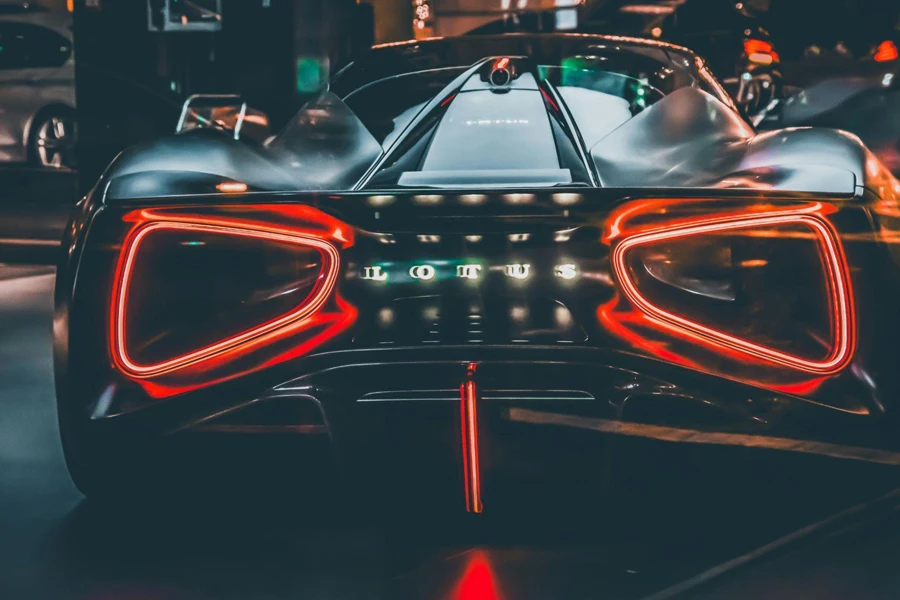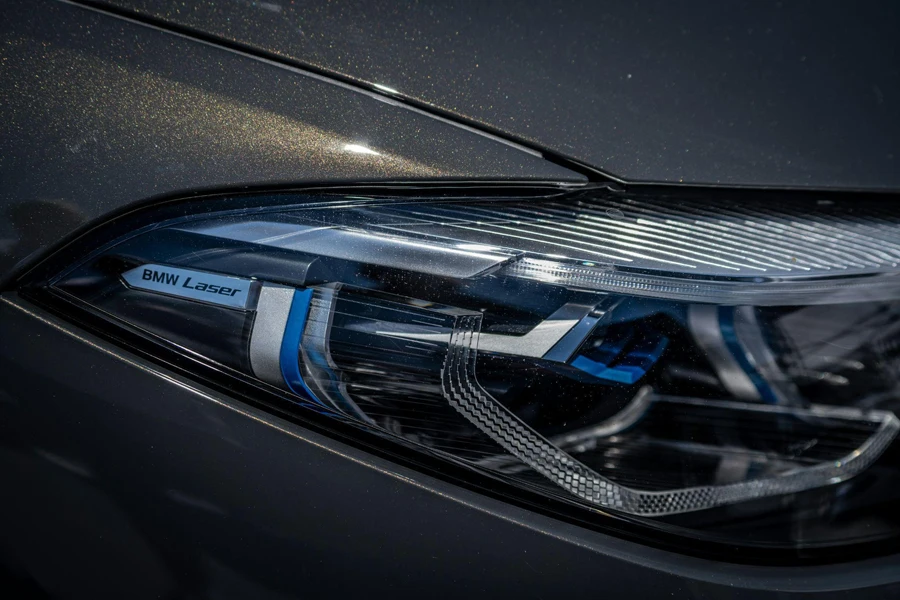Table of Contents
● Introduction
● Market overview
● Different types and their features
● Things to consider when selecting products
● Conclusion
Introduction
Headlight technology plays a crucial role in vehicle safety and performance, serving as a fundamental component in nighttime driving and adverse weather conditions. Halogen and Xenon headlights, each with distinct characteristics and benefits, are among the most widely used in the automotive industry. Halogen bulbs are prized for their cost-effectiveness and ease of installation, making them a standard choice for many vehicles. In contrast, Xenon headlights offer superior brightness and energy efficiency, enhancing driver visibility and reducing the need for frequent replacements. Understanding these technologies helps in making informed decisions about vehicle specifications and upgrades, ensuring both enhanced safety and optimal driving experience.

Market overview
The global headlight market, encompassing both halogen and xenon technologies, among others, reached a valuation of US$ 7.9 billion in 2023. This market is projected to grow to US$ 12.8 billion by 2032, with a Compound Annual Growth Rate (CAGR) of 5.49% during the forecast period from 2024 to 2032, according to the IMARC Group. The demand for headlights is being driven by the global increase in vehicle production and the rising emphasis on road safety. This has led to innovations in headlight technologies, with manufacturers focusing on products that offer better illumination, longevity, and energy efficiency.
Technological advancements in headlight manufacturing have been pivotal in catering to evolving consumer and regulatory demands. The integration of advanced technologies, such as adaptive lighting systems, which adjust the beam intensity and direction based on driving conditions, is enhancing both driver safety and comfort. Furthermore, the shift towards more sustainable options is evidenced by the growing adoption of xenon (High-Intensity Discharge) and LED headlights, which are not only more energy-efficient but also provide superior brightness and longer lifespans compared to traditional halogen headlights. The ongoing developments and the stringent regulations imposed on vehicle lighting systems continue to shape the headlight market dynamics, pushing the boundaries of what traditional automotive lighting has offered.

Different types and their features
Halogen Headlights
Halogen headlights are built around a design that has been standard in automotive lighting for decades. These headlights employ a tungsten filament enclosed within a durable glass capsule, which is filled with a halogen gas like iodine or bromine. The operation of halogen headlights involves heating the tungsten filament to a high temperature by running an electric current through it, causing the filament to glow and produce light. This traditional method is straightforward and has proven reliable, making halogen headlights a ubiquitous choice in vehicles around the world.
Xenon Headlights
Xenon headlights, or High-Intensity Discharge (HID) lights, represent a significant technological advancement over traditional halogen lamps. These headlights do not use a conventional filament. Instead, they create light through an electrical discharge between two electrodes in a sealed tube filled with xenon gas and other metal salts. The intense arc of electricity ignites the xenon gas, which emits a bright, white light that significantly enhances nighttime visibility and road illumination.
LED Headlights
LED (Light Emitting Diode) headlights are increasingly popular in modern vehicles due to their superior energy efficiency and longevity. These headlights utilize semiconductors that emit light when current passes through them. LED headlights provide a significant advantage in terms of energy consumption, often using much less power than both halogen and HID lights. Moreover, LEDs are capable of lasting for tens of thousands of hours, far outpacing the lifespan of traditional bulbs.
Laser Headlights
Laser headlights are the newest type of automotive lighting and represent the cutting-edge of technology in this field. These headlights use laser diodes to create a powerful light source. The lasers themselves do not directly illuminate the road; instead, they are used to excite a phosphor material that, in turn, emits a bright, highly directional white light. Laser headlights can project light over a much greater distance than LEDs, HIDs, or halogens, offering exceptional visibility and range, which dramatically improves safety during nighttime driving conditions.

Things to consider when selecting products
Vehicle Compatibility
When selecting headlights for a vehicle, it is crucial to ensure that the chosen technology is compatible with the vehicle’s specifications. Different types of headlights require different fittings, power supplies, and installation spaces. For instance, vehicles originally equipped with halogen headlights might need modifications to support HID or LED systems due to differences in voltage and physical dimensions. Ensuring compatibility not only involves physical fit but also compatibility with the vehicle’s onboard computer systems to avoid errors or malfunctioning lights.
Performance requirements
Choosing the right type of headlight also depends on the performance requirements, which vary based on usage needs. Brightness levels are a key consideration; for example, xenon headlights provide a brighter, more natural light compared to halogens, which might be preferable for drivers frequently traveling on poorly lit roads. Energy consumption is another important factor. LED headlights are more energy-efficient than halogens and xenons, according to Champion Auto Parts, making them suitable for energy-conscious consumers and helping to reduce the vehicle’s overall energy consumption.
Cost implications
The initial installation cost versus long-term benefits is a significant consideration when selecting headlights. While halogen lights are less expensive upfront, their shorter lifespan and higher energy consumption might lead to higher long-term costs. On the other hand, xenon and LED headlights, while initially more expensive, tend to offer longer lifespans and better energy efficiency. This can translate into lower maintenance and replacement costs over time, providing better cost-effectiveness in the long run.
Safety regulations
Understanding the legal and safety implications associated with different types of headlights is essential. For instance, xenon headlights, while offering superior brightness, can cause significant glare and must be properly aligned to avoid blinding other drivers. Various jurisdictions have specific regulations governing the use of different headlight types, including requirements for automatic leveling and headlight washing systems, particularly for xenon and LED headlights. Ensuring that headlights are in compliance with these safety standards is crucial to avoid legal issues and ensure road safety for all users.
Conclusion
Selecting the right headlight technology involves careful consideration of several factors, including vehicle compatibility, performance requirements, cost implications, and adherence to safety regulations. Each headlight type—from traditional halogen to advanced LED and xenon technologies—offers distinct advantages and challenges. Halogen headlights are cost-effective and widely available but lag in brightness and energy efficiency. Xenon lights provide excellent illumination but come with higher costs and potential glare issues. LED headlights offer superior energy efficiency and longevity, though at a higher initial cost. Choosing the appropriate headlight technology is crucial not only for enhancing vehicle performance but also for ensuring safety on the road. The right headlights improve visibility in diverse driving conditions, contributing to safer navigation and reducing the risk of accidents. Ultimately, the decision should align with both the specific needs of the vehicle and the driver’s preferences, ensuring a balance between cost, performance, and compliance with legal standards.




